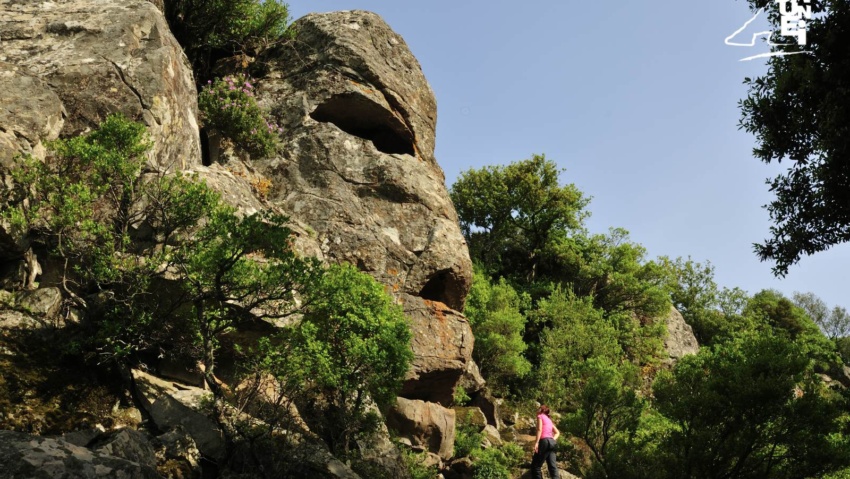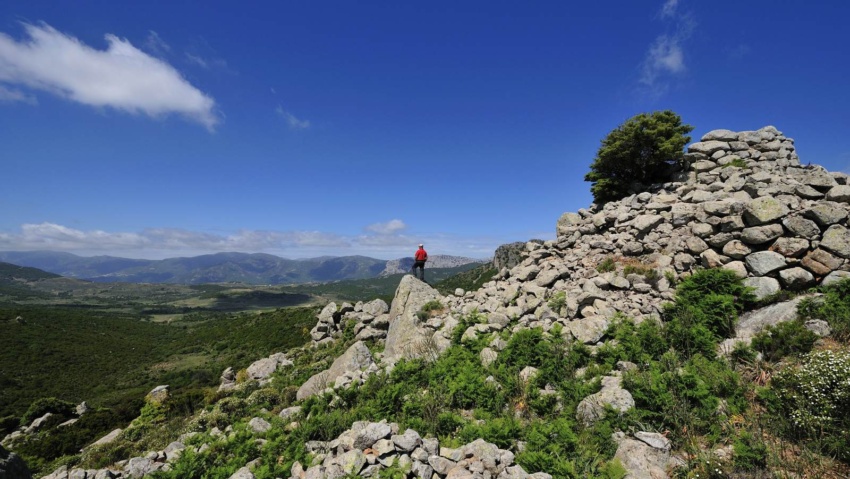The ‘Nuraghe of the shelves
The nuraghe of “Genna Sarmentu”, as already mentioned, is usually referred to as “Nuraghe Alvo ” in the guidebooks, the same name also used on the maps of the Military Geographical Institute. In Baunei, however, it is widely believed that the IGM map-makers made a mistake, initiating a cartographic-toponomastica misconception that is still ongoing to this day. The uncertainty surrounding which name should be used for this nuraghe were also noted by the archaeologist Francesco Manconi Quesada, who in 1992 studied the structure, considered important by archaeologists because it still has twelve Nuragic shelves in their original positions, in depth. “The exact identification of the nuraghe – Manconi Quesada wrote – can raise doubts. Indeed, on the Archaeological Map by Taramelli, the nuraghe is called “Sa Tiria” or “Coa Nuraghe” << with a rectangular floor plan... built using limestone and trachytic stone >>. The author [Taramelli] uses the name “Alvo” to indicate another monument, which has been reduced to << to a heap of limestone boulders 2 metres high without a trace of a room >>”.
The nuraghe is currently surrounded by Mediterranean vegetation, but what must have been the impressive original structure is still clearly recognisable. It is a complex nuraghe, made of basalt blocks, which stands on a peak from which it is possible to see the central part of the Golgo plateau. The peculiar characteristic of the nuraghe is undoubtedly the presence of the twelve “shelves” that are still clearly visible. The illuminating words written by Manconi Quesada are needed to fully understand the archaeological value of these “Nuragic shelves”: “It is now certain that the nuraghi, or at least the complex ones, had a terraced crown that protruded from the profile of the towers and curtain walls. The presence of this architectural element is documented by numerous models of nuraghi, made of bronze, terracotta and stone, with decorative elements of bronze ships and Nuragic era pottery […]. The existence of the protruding terraces is also proven, as already masterfully shown by Lilliu in 1952, with the segments of typical irregular pentagon, trapezoid, triangle or indeterminate forms, called “shelves”, “mensoloni” (“large shelves”) or “beccattelli”. What must have been the central tower of the nuraghe still reaches a height of over five metres, towering over the additional building that, according to archaeologists, supposedly enclosed a courtyard. A lintel and the so-called “finestrino di scarico” (“load- bearing window”) made of precise square blocks are still visible in the central tower.
CONTATTI
Via San Nicolò, 2 – 08040 BAUNEI (Sardinia, Italy)
infopoint@turismobaunei.eu
+39 349 5462583





